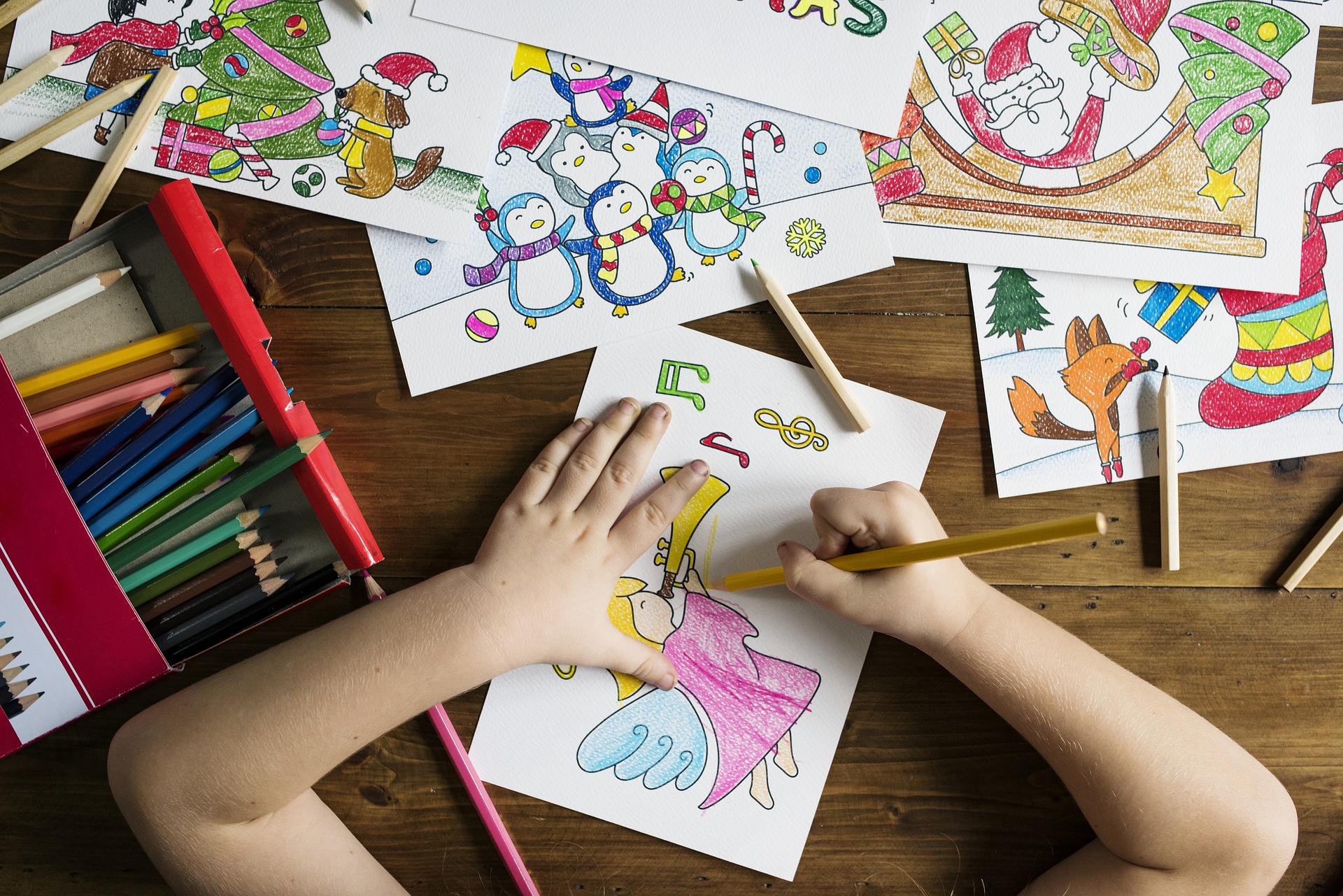As the Labour Party recently pledged to provide an additional £160m a year for creative and cultural activities in primary schools, Caitlin Tilley argues for the importance of the arts’ place in the school curriculum.
Sir Ken Robinson is the education expert who believes dance is as important as maths. When he delivered his first Ted talk ‘Do schools kill creativity?’ to a small audience in California in 2006, there was no intention of a recording even being posted online. His speech is now the most-viewed Ted video in history; his rallying cry for a system that cultivates more than just academic intelligence rang true for millions.
It is no secret that recently, arts funding in schools has rapidly declined. With increasing pressure on teachers to raise reading and writing standards, maths and English quotas and SATs results, art lessons are glossed over, and dance is forgotten about.
The introduction of the English Baccalaureate in 2010, which marks out sciences, English, maths, languages, and geography or history as ‘core’ subjects, has seen the uptake of music and art plummet. The proportion of 15- and 16-year-olds taking subjects such as music and drama has fallen to its lowest level in 10 years, in the shadow of the grossly inaccurate implication that the arts are fundamentally non-academic.
Just weeks after it was announced in 2016 that art history A-level would be axed, a high-profile campaign pushed the government to save the qualification, with this intervention exposing the precarious state of arts subjects in the current curriculum.
This year, at the Global Education and Skills Forum, China emerged as having introduced significant education reforms that have resulted in a growth in the teaching of the liberal arts as well as the sciences. This came about partly due to multinational companies finding that Chinese applicants were lacking in creative spark, passion and adaptability. China now endeavours to provide a comprehensive curriculum that includes the arts, humanities and social sciences.
The evidence used to sideline the arts epitomises the very reason why they should remain firmly in the curriculum. The type of research approaches used to garner evidence for the superiority of STEM (science, technology, engineering and maths) subjects can never fully capture the subtle qualities of learning in the arts. You cannot measure creativity, increased confidence or an appreciation of the arts with standardised tests, data analysis or league tables.
At primary school level, the arts are particularly important. By the time students reach secondary school, their attitudes towards what matters in education will have long been established. The arts allow young children to learn to communicate in different ways, whilst nurturing a sense of wonder and imagination. Drama, music and art provide emotional connection and permit creativity in unrivalled form.
A primary school teacher gives the example of a severely autistic boy who loves music. Lacking in language skills, engaging with music enables him to express himself and helps him to concentrate. He will never be able to access the whole curriculum in the same way other children can, though he can enjoy learning through music. However, this artistic access will be limited the further he progresses into education.
In Early Years education, the freedom of expression and ability to explore that comes with the arts is vital to kickstart a well-rounded education. As China found, children and adults lose the ability to use their imagination later in life, simply because they have not been asked to use it.
The arts are also valuable in promoting autonomy. A child’s picture is his or her own: it has worth in its own right, without having to be measured or judged by others as right or wrong. The child has the authority to say what the picture is of, or what it communicates, building up their confidence and self-esteem.
The current education system is shackling the capabilities of a generation. To have a world with art, children must be encouraged and inspired to create art. The teaching of the arts is crucial to fuelling an innovative economy, as well as creating wise and caring citizens.
Caitlin Tilley
Image Courtesy of Pixabay

